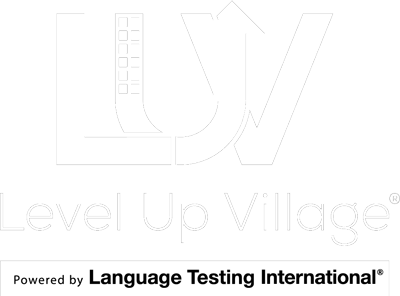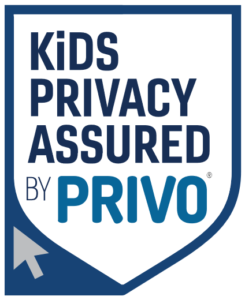By Oletha Walker
“That’s why my brother’s thumbs are so long!”
The once silent room erupted with laughter. The students were engaged in creating a fictitious family based on particular genetic traits. One student had the revelation that his biological brother was not, in fact, an alien but that a dominant trait in his family’s lineage must have caused his brother to grow really long “alien” thumbs.
This activity was part of Global Doctors: DNA, a Level Up Village (LUV) course I taught last spring at John F. Kennedy Elementary School in Windsor, Connecticut. The course takes students on a deep dive into genetics through a variety of multimedia and hands-on activities. In addition, all LUV courses create a global classroom environment where students interact and collaborate with partner students from across the world who are following the same curriculum. They communicate by exchanging video letters with their partners through LUV’s global platform, creating personal profiles and collaborating together on projects that address real-world issues.
Hands-On Learning
In one lesson, my students engineered the human double helix by recreating it using candies. After that lesson and the ones that followed, they were able to identify the parts of the helix and infer what happens when the helix is manipulated or damaged. The students also researched environmental conditions that can influence human development. This was done in class but many students also conducted research outside of class with their parents. I had several parents tell me that their kids were so excited about the learning taking place in the class that they wanted to learn more, too, so they could keep up with their children! In another lesson, my students learned about dominant and recessive traits are how genes traits are passed from generation to generation. Indeed, there was a great deal for students to absorb, including lots of new vocabulary words, that strengthened scientific discussions within our classroom and with their global partners.
We had some lighter moments as well. I’ll never forget the class when my students made the double helix using candies. I had just finished teaching about the helix and was going around filling bowls with the candy pieces the students would need to create their own models of the helix. One student raised her hand and said that she was missing a particular candy she needed to complete her model, so I gave her the piece she requested. A few minutes later the same student raised her hand again and asked for even more candy to complete her helix. But when she raised her hand a third time, I sat down beside her and noticed that she had a mischievous smirk on her face and was exchanging glances with other students at the table. We had a good laugh at my expense. For the rest of the year, the” candy-eating incident” was our ongoing joke whenever we needed another laugh.
Crossing Geographic and Cultural Divides
Forty-five different languages are spoken in the homes of the students in my District. We are a diverse population, both culturally and economically. Even with the diversity the children experience on a daily basis in school, they still view each other as being the same. But after working with someone from a different country, learning a bit about that person’s life and their experiences, my students are changed. They have begun to celebrate each other’s uniqueness, while looking for the similarities that make us human. This new openness has also improved their interactions within the school community. I’ve noticed that students in the Level Up Village programs are more inclined to start up conversations with peers who are not in their usual group of friends.
Moreover, they have demonstrated knowledge and understanding of the increasingly global nature of our society after participating. They have developed an appreciation of what it truly means to work cooperatively with another person – with someone who is not just from a different part of the world, but also from a different culture. These students have overcome language differences and geography in order to learn and discover new concepts on their quest for knowledge and making this world a better place.
Cooperative learning and working with others is no easy task. There needs to be a lot of give and take and compromise. The students understand this going into the class and are willing to leave their comfort zone in pursuit of having new STEAM learning experiences. I believe this type of experience will encourage some, if not all, of the enrolled students to strive to graduate from the Windsor Public Schools with a clear, achievable post-secondary plan.
Making an Impact
As a facilitator of the Level Up Village classes there is a shared learning experience that happens within each of the classes between teacher and students. We all begin at the same starting line: learning about a different part of our world, mastering greetings in a different language and getting a glimpse into the daily life and issues faced by our new global friends. By the end, we have a clearer understanding of how different, yet similar, our global partners are. We begin to see that what we do has a ripple effect for others, and not just in our town or community; they learn that our actions can have a global impact and that it is up to us to determine the future course of our planet.
These classes offer my students a real-life STEAM experience not something fabricated in a book or a virtual reality program. In LUV courses, we are presented with a real situation in which our research and action plans actually have an impact on the lives of others. My students are engaged throughout the program through both the hands-on science and their interactions with their global partners. Most importantly, students on both ends of the collaboration have the opportunity to work together to make a positive change for our global community. With this kind of learning taking place, it’s not surprising that we can’t wait for our next Level Up Village learning adventure.
This article was reposted with permission from the Connecticut Association of Boards of Education (CABE) Journal. It originally appeared in CABE Journal’s Fall 2017.



